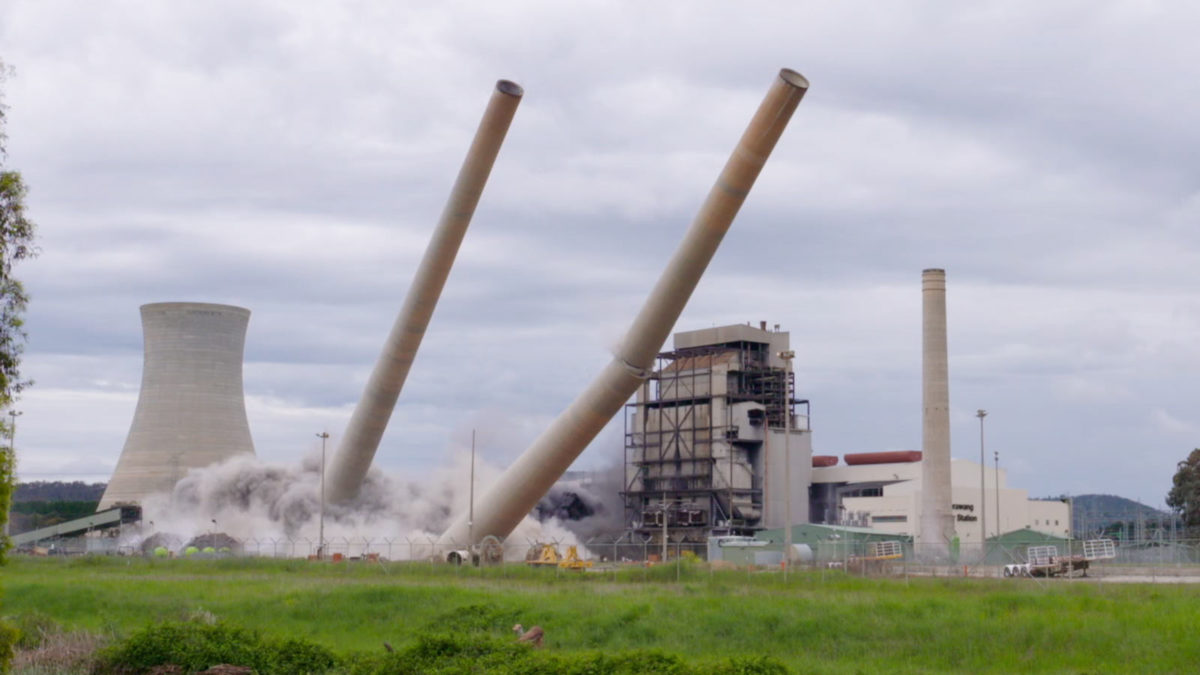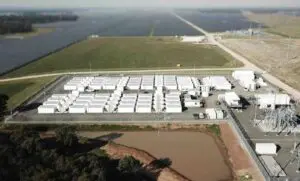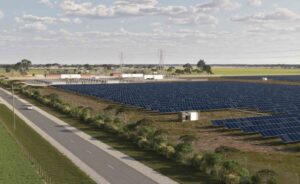The International Energy Agency has – for the first time – flagged demand peaks for fossil fuels in all its scenarios after acknowledging they are almost entirely responsible for the past year’s energy price hikes,
The IEA, in its 2022 World Energy Outlook, says global demand for coal will start to drop off in the next few years, followed by a peak in gas use by the end of the decade and a slow decline in oil demand as sales of electric-powered vehicles rise and investment in renewables accelerates.
It describes this as the most profound shift in energy consumption since the Industrial Revolution. And it is doubly significant because the IEA’s conservative predictions – particularly its “state policies” scenarios – over the last half century have been used a crutch by the fossil fuel industry and governments to justify ongoing investment in fossil fuels and trillions in subsidies.
The report also reveals that fossil fuels are 90 per cent responsible for electricity prices increasing, with gas alone being 50 per cent to blame, again an extraordinary admission from the IEA that would have been unthinkable a few years ago.
It found that in most affected regions, higher shares of renewables correlated with lower electricity prices, with energy-efficient homes and electrified heat providing price buffers for some consumers.
“For the first time ever, the IEA has identified that demand for fossil fuels will peak by the mid 2020s,” said Carl Tidemann, a senior researcher for Australia’s Climate Council. “This is the curtain call for coal, oil and gas.”
The energy crisis triggered by Russia’s invasion of Ukraine has the potential to hasten the transition to a more sustainable and secure energy system, with the IEA report projecting a 50% rise in global clean energy investment to over US$2 trillion a year by 2030.
“The IEA report has made it abundantly clear that fossil fuels are the root cause of this problem, particularly gas, which is the most expensive form of power in Australia, ” said Andrew Stock, climate councillor and a past director of Australia’s Clean Energy Finance Corp.
“This global report points to an obvious, affordable solution — a rapid transition to renewable energy, which would be a win for households, businesses, jobs and the climate,” he said.
What has not changed, the report says, is that the heaviest burden continues to fall on poorer households where a larger share of income is spent on energy.
The IEA also makes clear that new fossil fuel developments are not the answer to high prices or environmental concerns. It’s called for an end to all fossil fuel expansions.
The upside for coal from the current energy crisis is temporary, as renewables, supported by nuclear power, see sustained gains, resulting in a high point for global emissions being reached in 2025, the IEA forecasts under its broad modelling scenario.
The declines in fossil fuel demand are even faster and more pronounced in its more climate-focused scenarios, with unabated fossil fuels accounting for just 5 per cent of production by 2050 under its net zero pathway.
“Energy markets and policies have changed as a result of Russia’s invasion of Ukraine, not just for the time being, but for decades to come,” said IEA executive director Fatih Birol.
“Even with today’s policy settings, the energy world is shifting dramatically before our eyes.” Birol said. “Government responses around the world promise to make this a historic and definitive turning point towards a cleaner, more affordable and more secure energy system.”
Global fossil fuel use has grown alongside GDP since the start of the Industrial Revolution in the 18th century and putting this rise into reverse will mark a pivotal moment in energy history.
The IEA also warns that the stated policies scenario would still be associated with a rise of around 2.5 °C in global average temperatures by 2100, condemning the planet to severe climate change impacts.
The achievement of all climate pledges would move the world towards safer ground, but there is still a large gap between today’s pledges and a stabilisation of the rise in global temperatures at around 1.5 °C, it said.
The pathway to achieve the Paris Agreement 1.5°C warming limit remains narrow but still achievable, according to Greenpeace. This would require $US1.4 trillion to be spent on renewables a year by 2030, about the same that was spent on fossil fuel supply in 2014.
“The fastest and best way to address the interlocking cost of living, energy security and climate crisis we face the world over, but particularly in impacted countries is to invest in energy efficiency to reduce demand of fossil fuels and massively accelerate the global roll out of renewable energy,” Rebecca Newsom, head of politics, Greenpeace UK said.
Getting on track will require a tripling in spending on clean energy and infrastructure by 2030, alongside a shift towards much higher investment in emerging markets and developing economies, Newsom said.
The most notable government responses so far include the US Inflation Reduction Act, the EU’s Fit for 55 package and REPowerEU and Japan’s Green Transformation programme, among others, according to the IEA.
Clean Energy Finance director Tim Buckley called on government and industry in Australia to take note of the IEA’s forecast for the ongoing structural decline of coal, modelling a 10-45% declines globally by 2030 depending on the scenario despite transient near-term positives for the sector.
“The IEA also highlights the structural demand for key critical mineral — copper, nickel, graphite, lithium, cobalt — and hence the massive opportunity for Australia, as a world leader in critical mineral resources, to be both a global renewable energy and value-added critical minerals superpower,” Buckley said.










